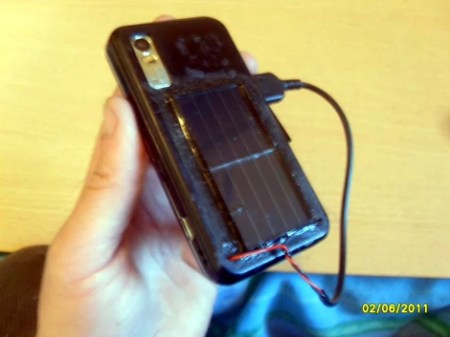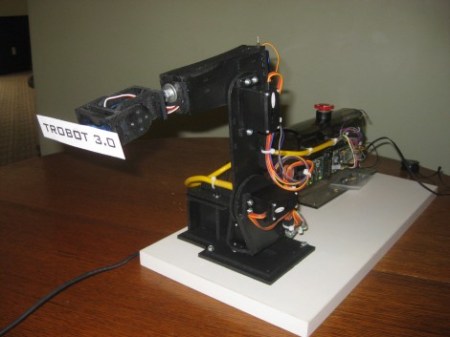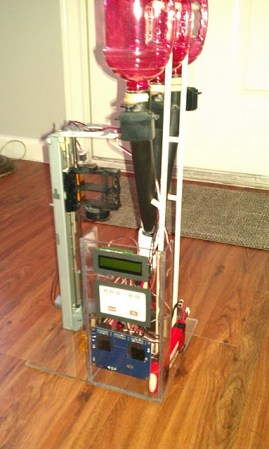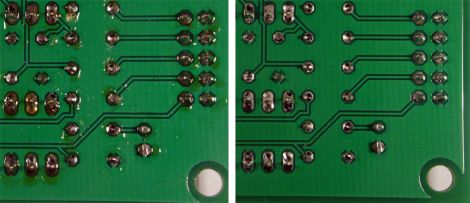
The polished quality of this hack isn’t quite there, but we love the ingenuity and exploration exhibited. [Paulie1982] shows us how to make an old cellphone work with the rays of the sun.
You can see above that he’s added photovoltaic solar cells to the back case of what looks like an old smart phone. He grabbed the cells from two inexpensive solar landscaping lights and inserted them by cutting holes in the case and using black silicone sealant to glue them in place. Each can pump out about 3V and together they get above the 5V threshold that he needs to do some charging. See the build process in the video after the break.
From what we’ve seen there’s zero consideration of current in this hack and that’s what makes us skeptical. Still, we love the idea of trickle charging and we’d love to see some speculation in the comments about how to improve upon this. Surely the additional hardware necessary for proper regulation, etc. could be fit in a custom case cover like the one used for this inductive charger hack.

















